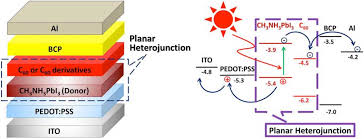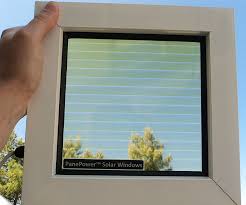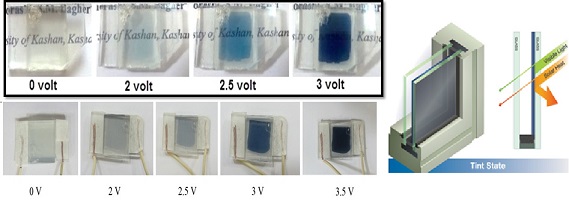| نویسندگان | سمانه مظفری,سیدمحمدباقر قریشی |
|---|
| نشریه | Polymer Bulletin |
|---|
| شماره صفحات | 1 |
|---|
| شماره مجلد | 1 |
|---|
| ضریب تاثیر (IF) | ثبت نشده |
|---|
| نوع مقاله | Full Paper |
|---|
| تاریخ انتشار | 2022-01-31 |
|---|
| رتبه نشریه | علمی - پژوهشی |
|---|
| نوع نشریه | الکترونیکی |
|---|
| کشور محل چاپ | ایران |
|---|
| نمایه نشریه | JCR |
|---|
چکیده مقاله
In this research, CuO2@
SiO2@polythiophene nanospheres are fabricated through
a facile and stepwise synthesis process. Cu@polythiophene yolk–shell nanoparticles
are obtained after converting Cu2O
to Cu and removing the middle layer of
SiO2
by using dilute acid. Transmission electron microscopy (TEM) confirms that
the movable Cu cores are encapsulated in the interior of the hollow polythiophene
nanospheres. The structure, morphology and optical properties of the synthesized
nanoparticles are characterized by X-ray diffraction, field emission scanning electron
microscopy (FE-SEM) and ultraviolet–visible absorption spectroscopy. Uniform
Cu@polythiophene nanoparticles with yolk–shell structure are applied as conductive
filler in the poly(vinyl alcohol) matrix, and the effect of various nanofiller
contents on the electrical, mechanical and thermal properties of the flexible polymer
thin films is investigated. The FE-SEM images indicate that no agglomerates are
seen on the surface of poly(vinyl alcohol) by adding the nanofiller amount up to
4 wt.%. Moreover, an increase in the direct current conductivity of nanocomposites
is observed from 2 to 10 S/cm, as a result of the increase in contents of Cu@
polythiophene nanoparticles from 0.2 to 3.6 wt.%. Tensile test of thin films reveals
that the mechanical properties of the nanocomposites are improved by increasing the
content of nanofillers, so that when compared with the pure poly(vinyl alcohol) film,
the poly(vinyl alcohol) with 4 wt.% of Cu@polythiophene shows a 238% and 23%
increase in Young’s modulus and tensile strength, respectively. Besides, the results
of the thermogravimetric analysis (TGA) indicate that the composite thin films are
thermally more stable than the pure poly(vinyl alcohol) films.




